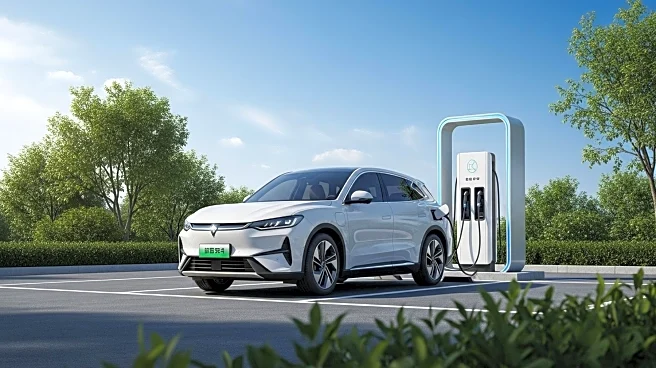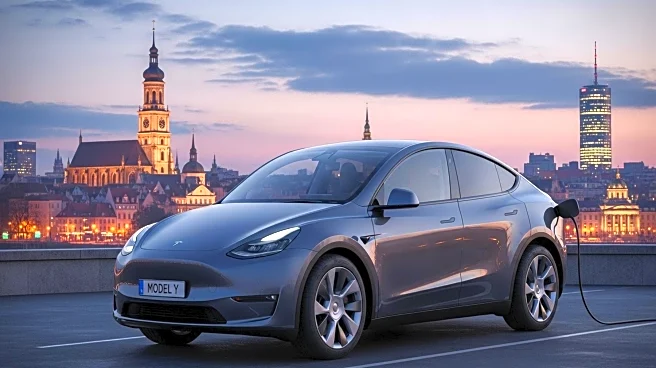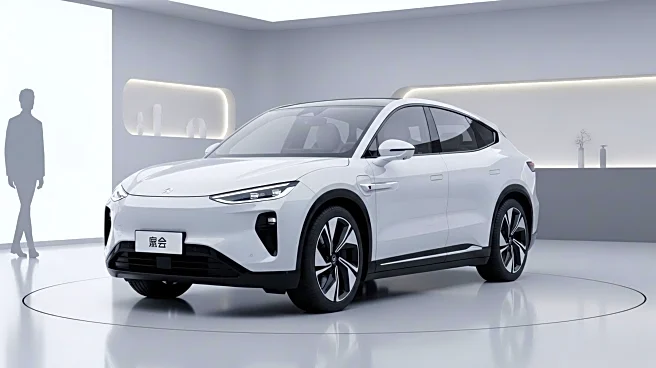What is the story about?
What's Happening?
Great Wall Motor (GWM), a leading Chinese automotive manufacturer, reported record sales in September 2025, with a total of 133,639 vehicles sold. This marks a 23.29% increase year-over-year and a 15.65% rise from August. The company's overseas sales reached 50,269 units, accounting for 37.62% of the total, while new energy vehicle (NEV) deliveries hit an all-time high of 45,961 units, up 52.55% from the previous year. This growth reflects GWM's successful expansion in international markets and its commitment to electric vehicle production.
Why It's Important?
GWM's record sales highlight the growing demand for electric vehicles globally, particularly in overseas markets. The company's success underscores the competitive landscape in the automotive industry, where Chinese manufacturers are increasingly challenging traditional players with innovative EV offerings. This trend is significant for the U.S. market, as it may influence domestic manufacturers to accelerate their EV strategies to maintain competitiveness. The rise in NEV sales also reflects broader shifts towards sustainable transportation solutions, impacting industry dynamics and consumer preferences.
What's Next?
GWM's continued expansion in international markets and its focus on electric vehicles suggest further growth opportunities. The company may seek to strengthen its presence in key regions, including the U.S., as demand for sustainable transportation solutions increases. Industry stakeholders will likely monitor GWM's strategies and performance, considering potential collaborations or competitive responses.
Beyond the Headlines
The success of GWM in the EV market highlights the importance of innovation and strategic expansion in the automotive industry. It raises questions about the future of traditional car manufacturers and the role of emerging players in shaping market dynamics. The situation also underscores the need for infrastructure development to support the growing demand for electric vehicles, with implications for policy and investment decisions.
AI Generated Content
Do you find this article useful?














